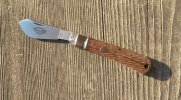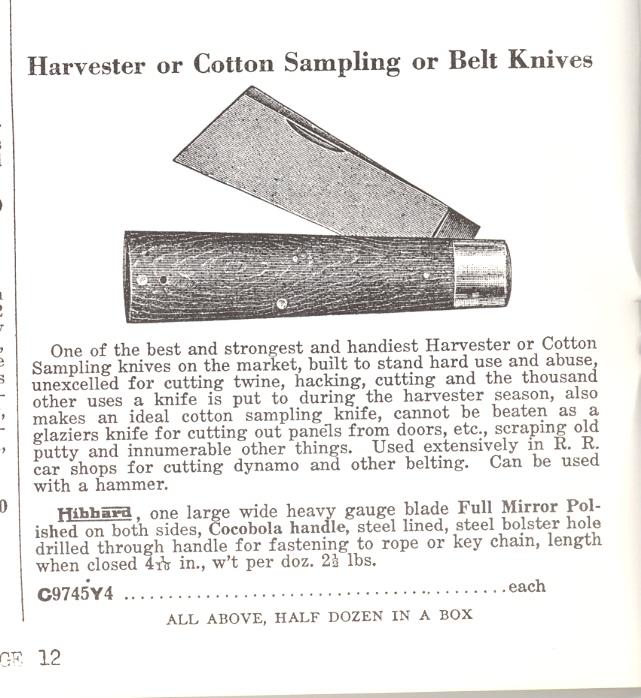Rookie82
Gold Member
- Joined
- Nov 25, 2014
- Messages
- 2,479
I read a story once about the process of sampling cotton, back in the old days.
Cotton was picked in the field, bundled into bales, and sent to the ginning factory. Ginning was the process where they removed all the unnecessary plant material from the cotton balls. Since the seeds of cotton are tiny and sticky, they have to be removed before cotton can be spun or woven. Then the de-seeded clean cotton would be baled again, and sent to a spinning factory. There the cotton is cleaned, carded (aligning the fibers), spun, and woven into fabric.
Cotton bales were usually graded, and sold at cotton exchanges, where buyers would buy bulk amounts to take to spinning factories. "Fair to Middling" was a term to mean average quality, or better. Middling would be fairly white in color, and contain minimal amounts of debris, which would be used usually for denim.
Buyers at the cotton exchange would approach a cotton bale, and using a cotton sampler knife, push the sharp tip into a bale and pry side to side with it to check for cotton consistency. They also would pull out a small tuft and use their finger to pull it thin over the blade of the knife, checking the fibers.
Cotton was picked in the field, bundled into bales, and sent to the ginning factory. Ginning was the process where they removed all the unnecessary plant material from the cotton balls. Since the seeds of cotton are tiny and sticky, they have to be removed before cotton can be spun or woven. Then the de-seeded clean cotton would be baled again, and sent to a spinning factory. There the cotton is cleaned, carded (aligning the fibers), spun, and woven into fabric.
Cotton bales were usually graded, and sold at cotton exchanges, where buyers would buy bulk amounts to take to spinning factories. "Fair to Middling" was a term to mean average quality, or better. Middling would be fairly white in color, and contain minimal amounts of debris, which would be used usually for denim.
Buyers at the cotton exchange would approach a cotton bale, and using a cotton sampler knife, push the sharp tip into a bale and pry side to side with it to check for cotton consistency. They also would pull out a small tuft and use their finger to pull it thin over the blade of the knife, checking the fibers.




